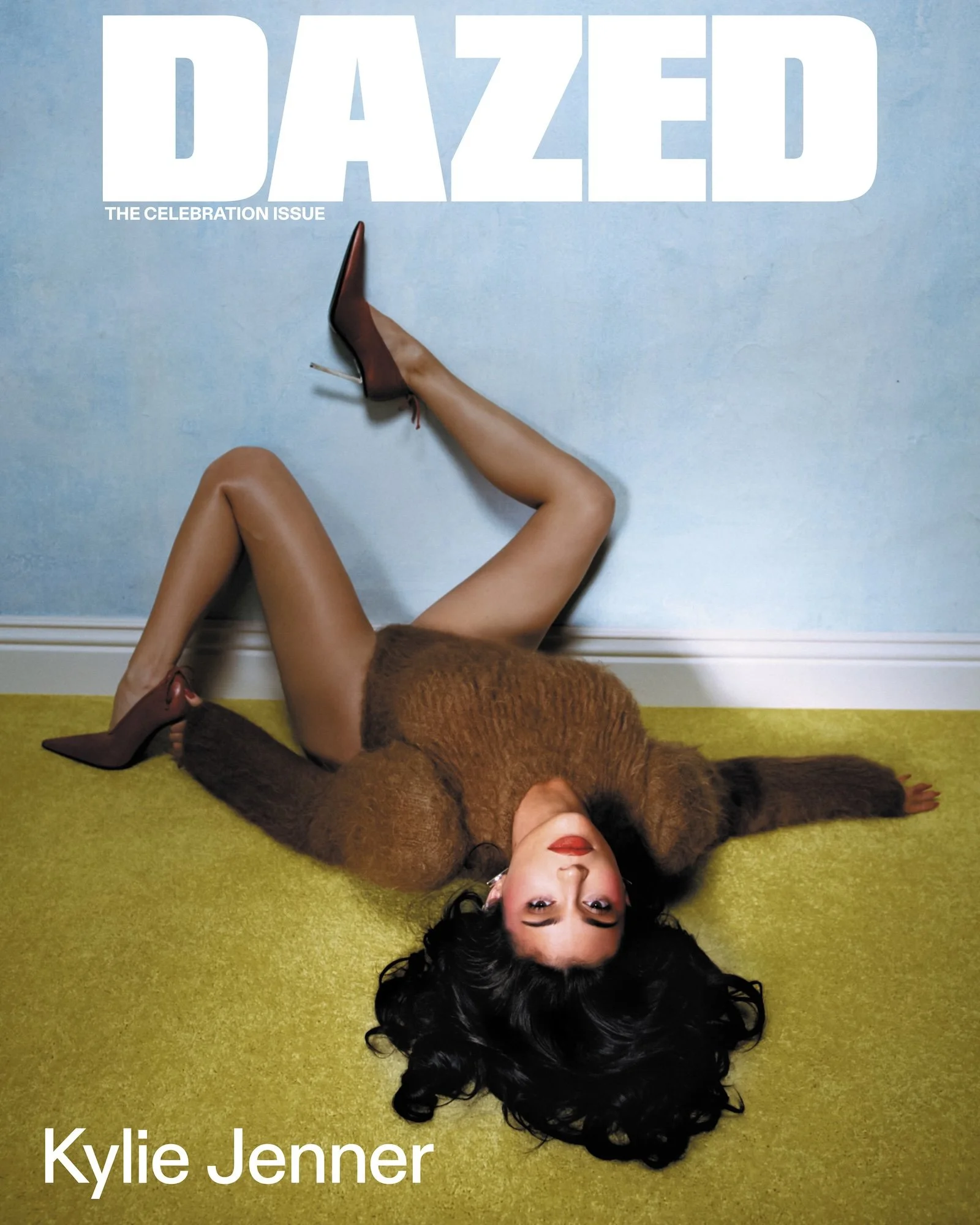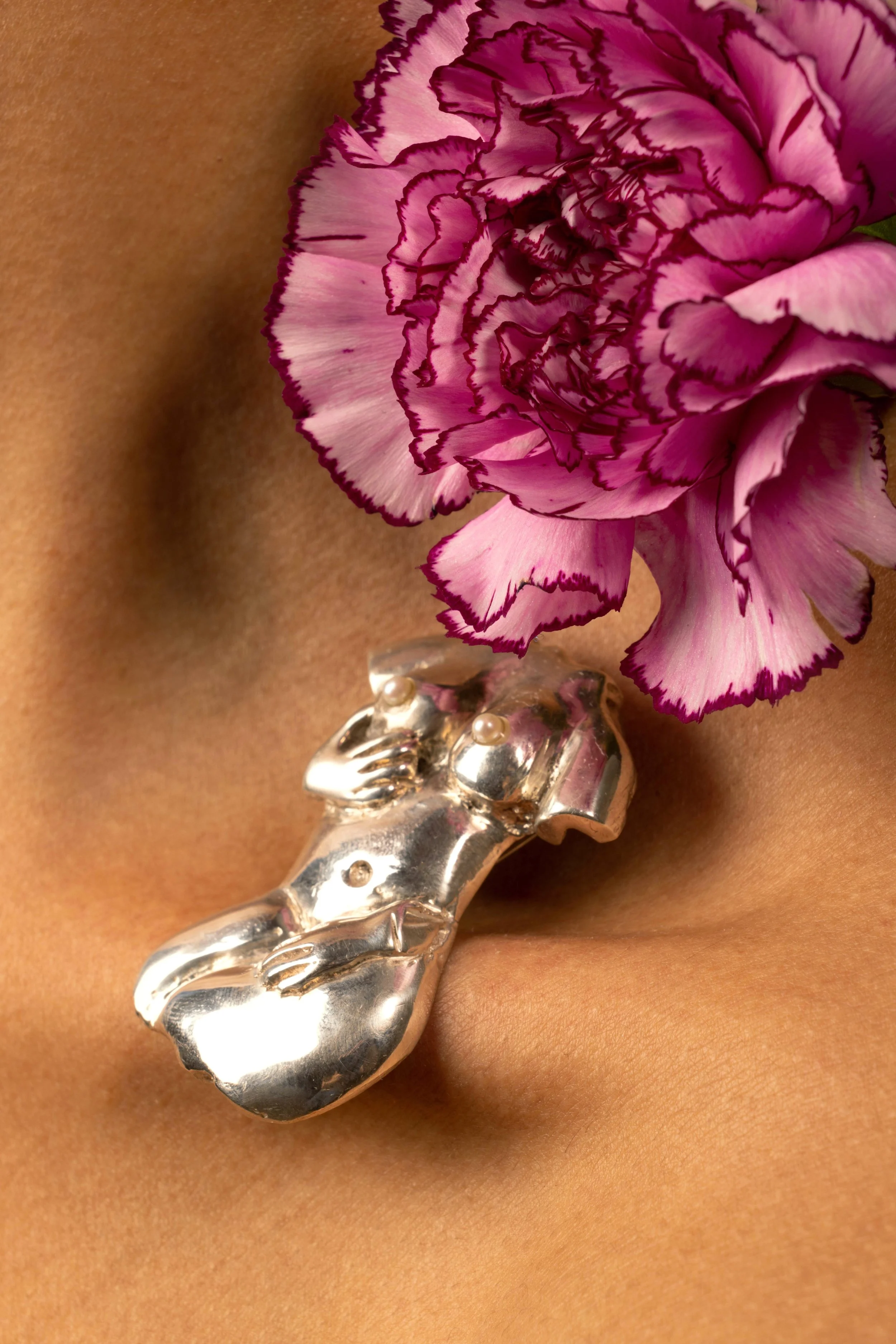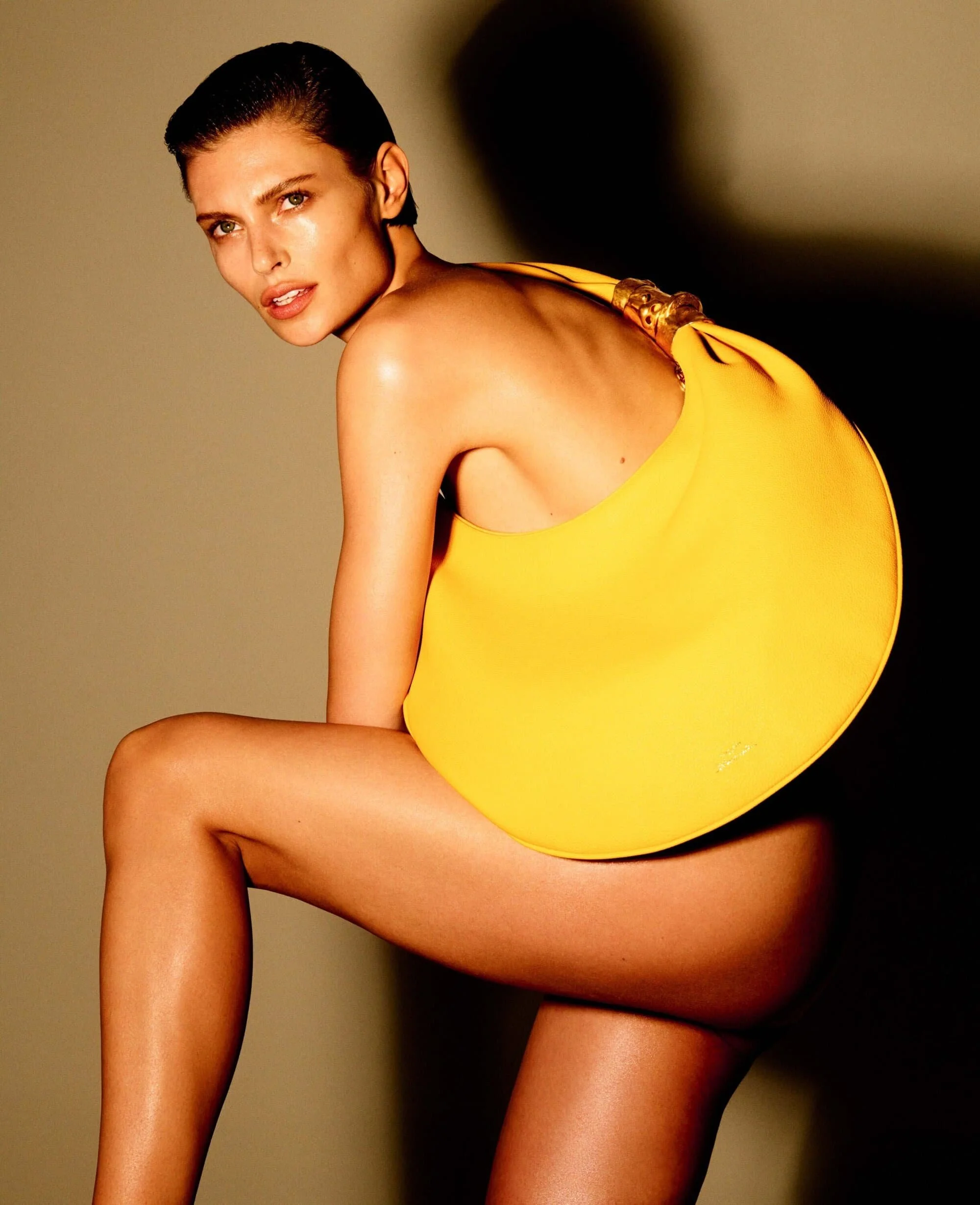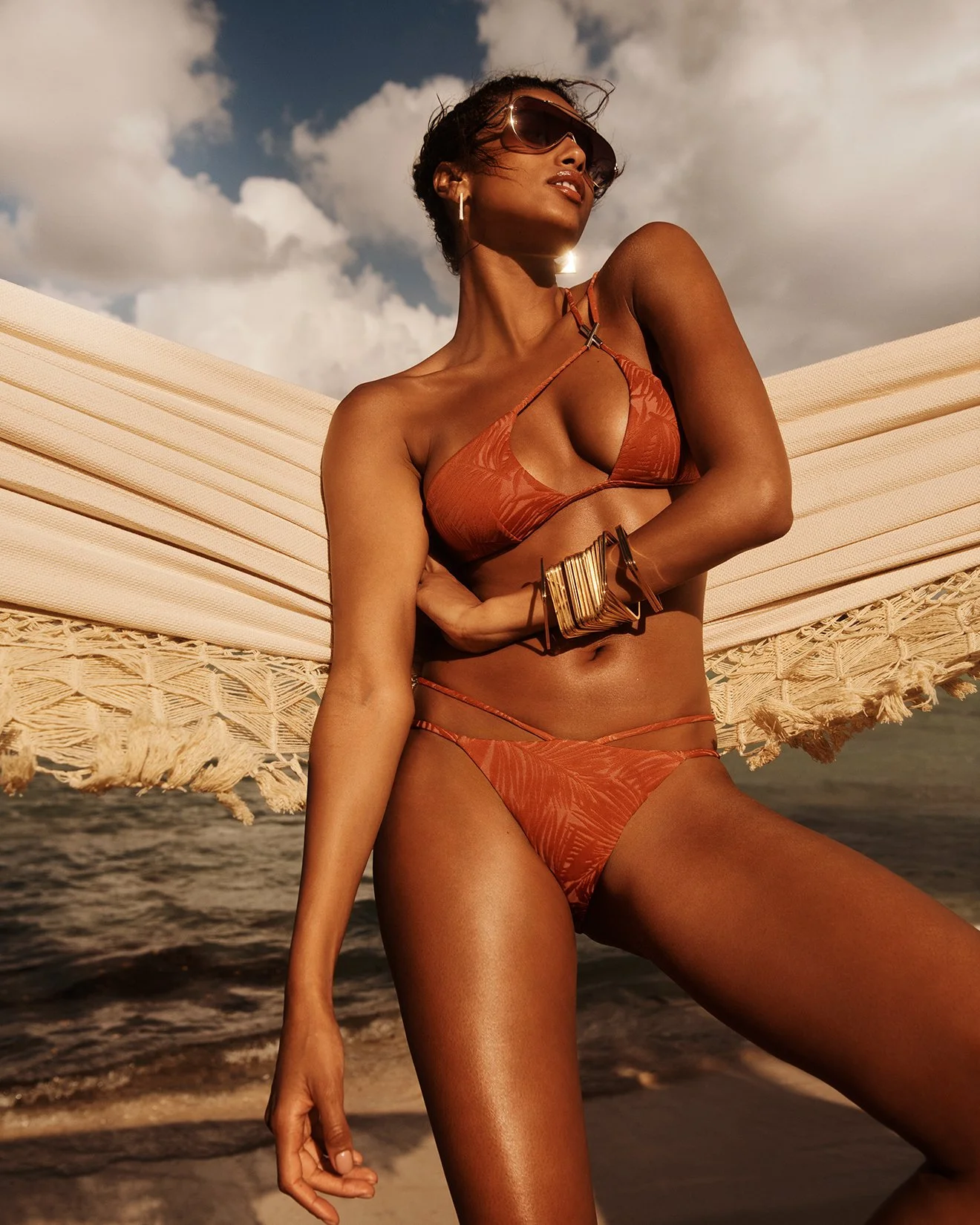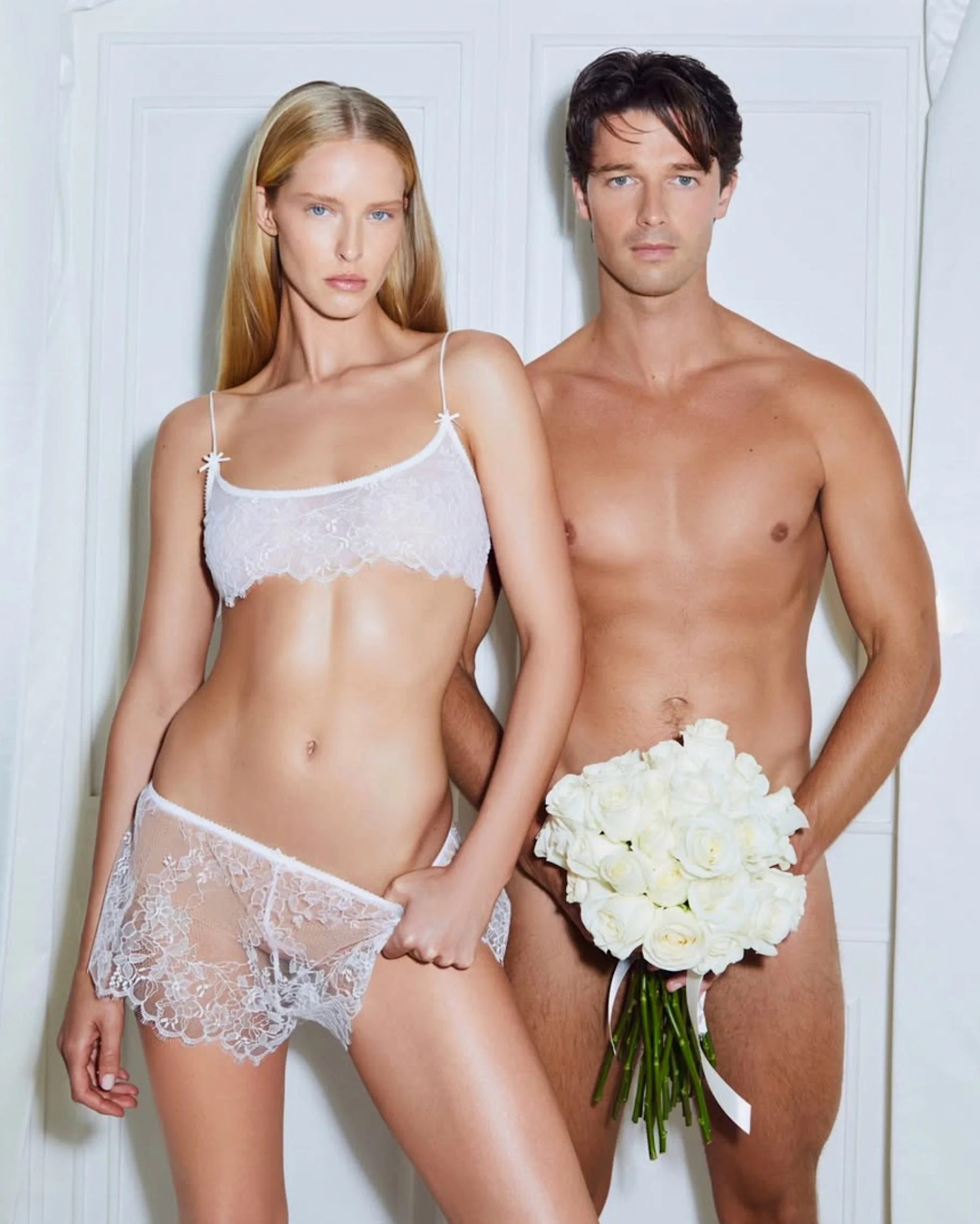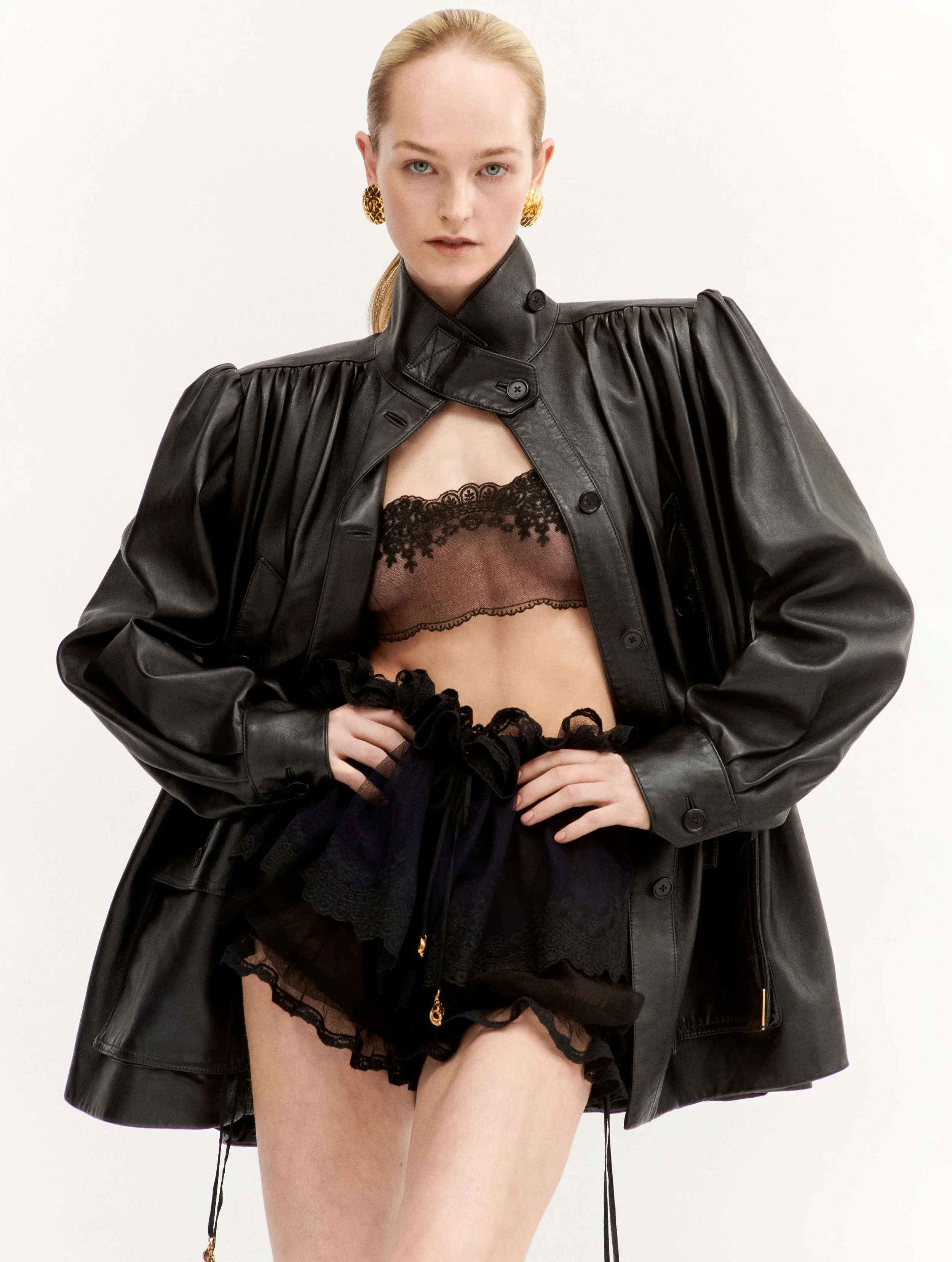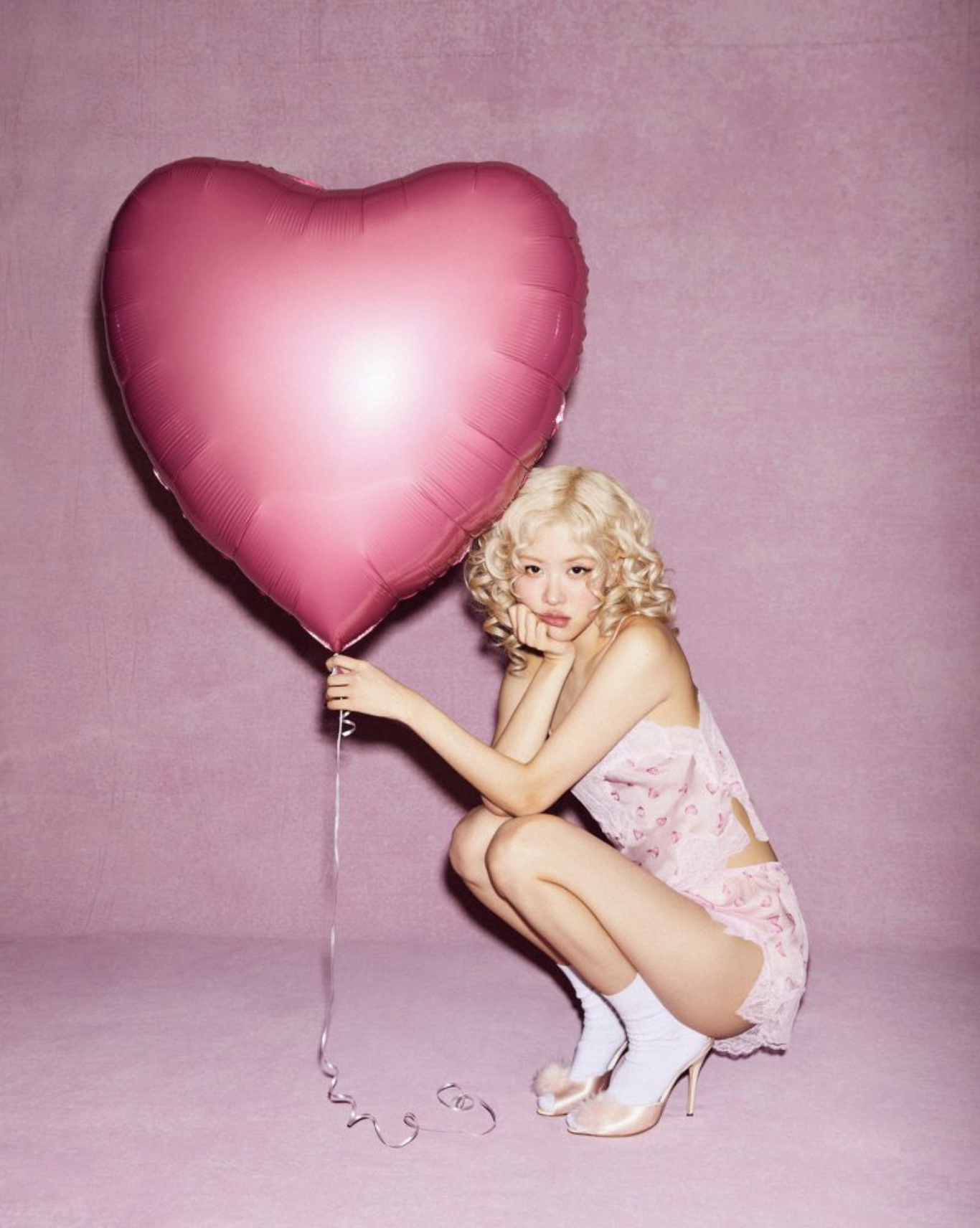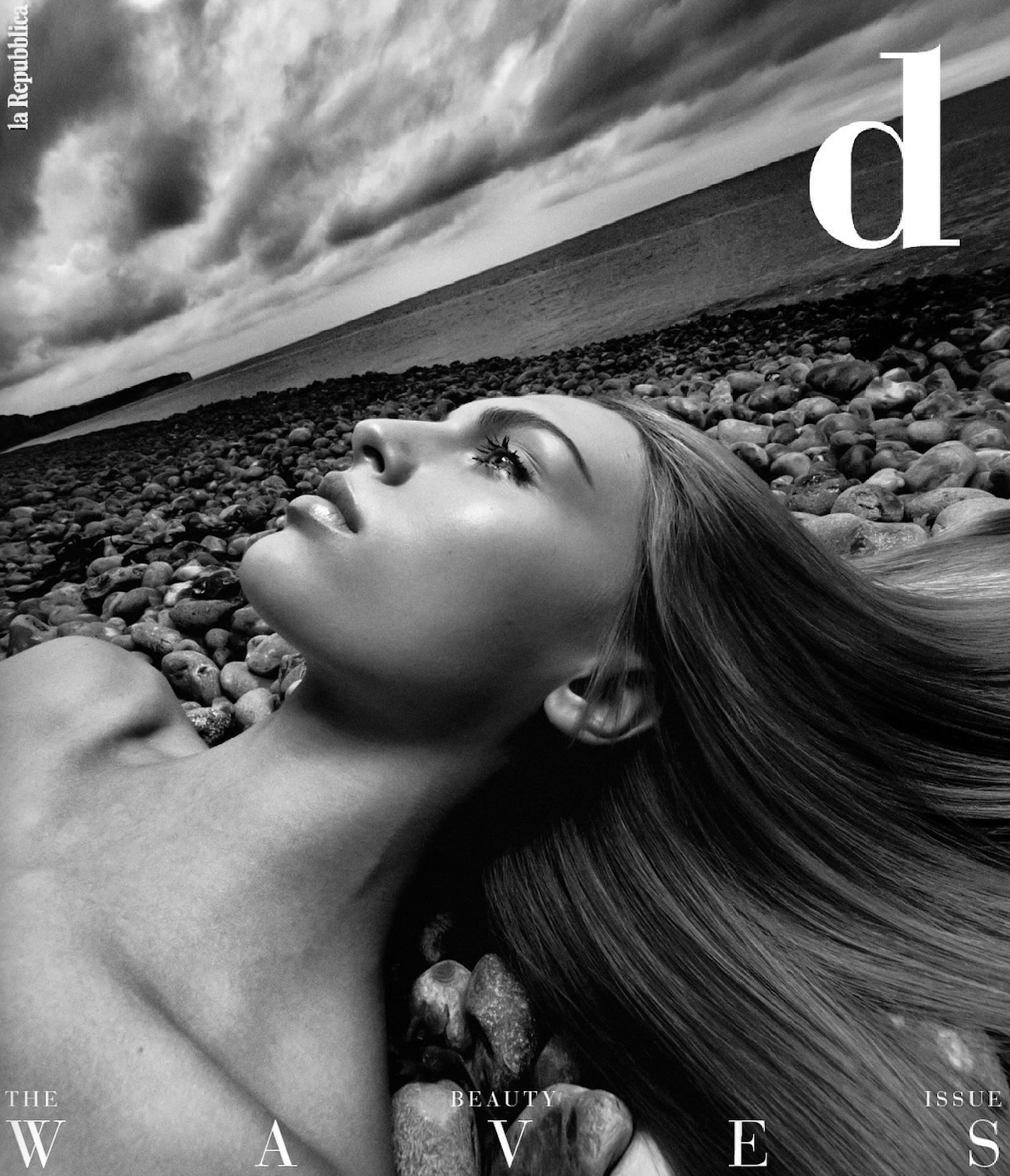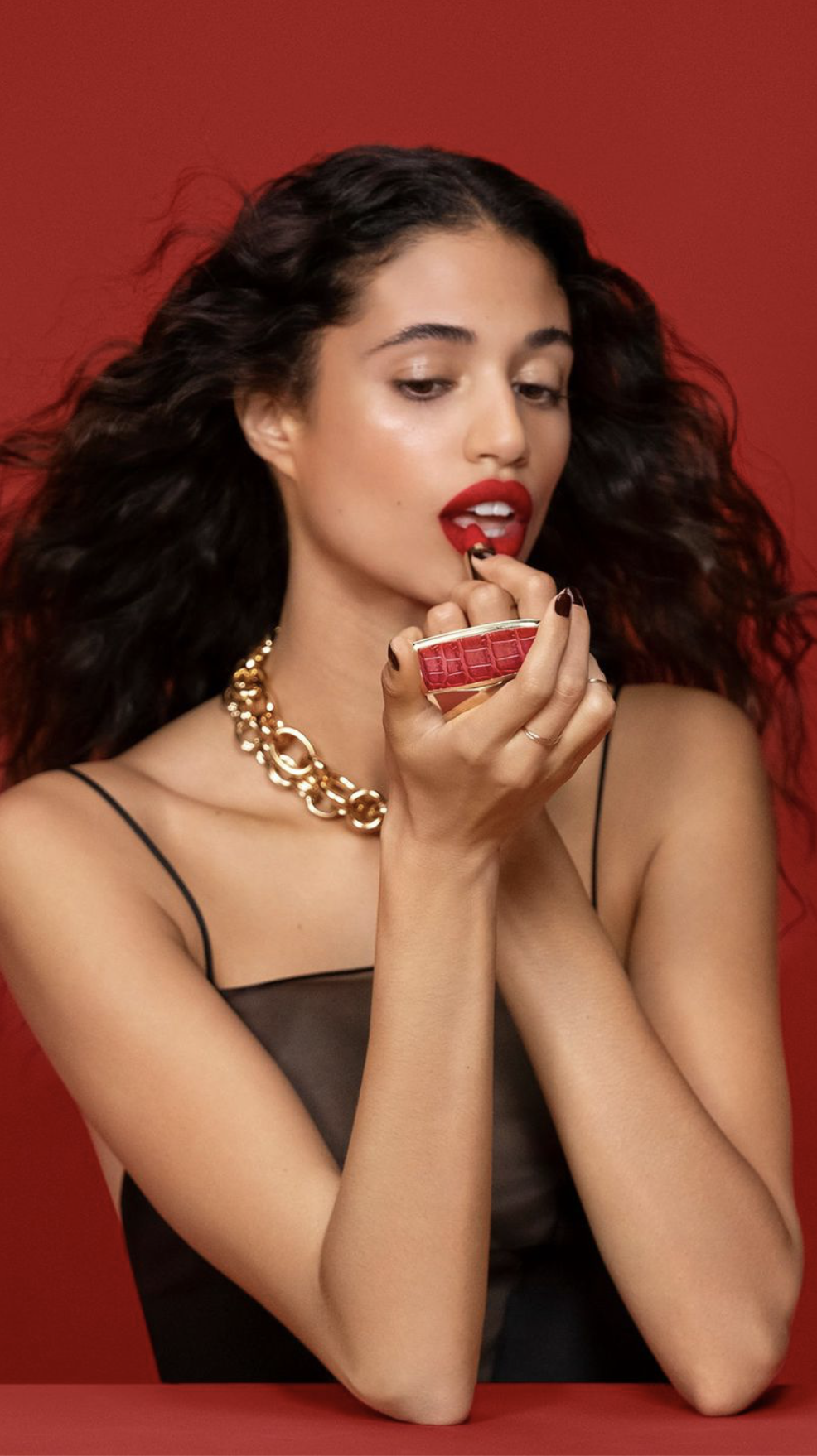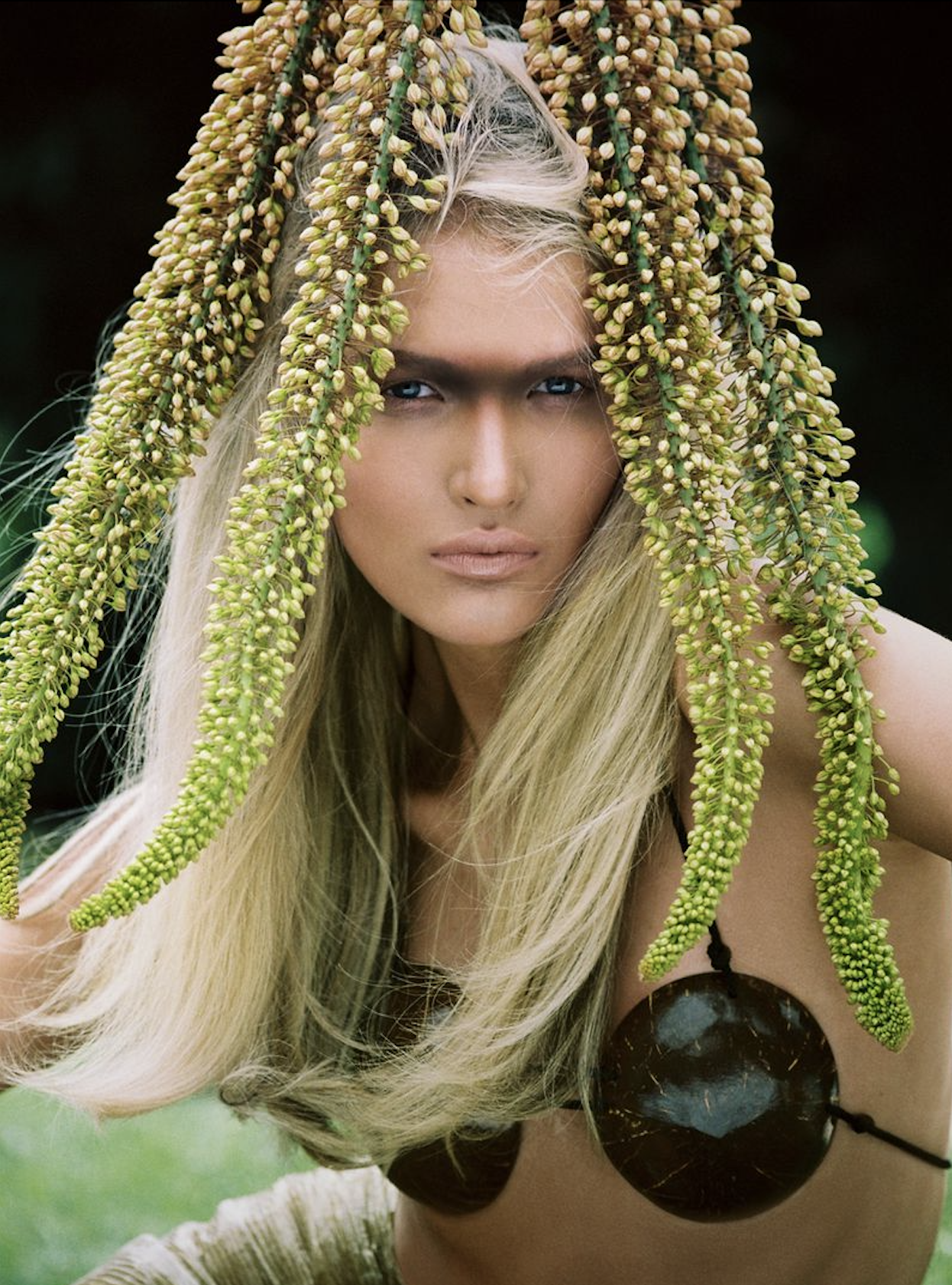What Bodies Do Women Really Want In Fashion Ads?
/

Today’s London Times proclaims: “It’s taken roughly 15 years, but at long last, after a couple of false alarms, we are officially over skinny.”
I say, not so fast Shane Watson, although I want you to be right on.
Recent research does substantiate my argument that we women are active collaborators in this never-ending obsession with thin media images. We want them, no matter what we say.
Ask our brain scans. It’s the only research of value to me these days, as we see growing discrepancies between what women say and what’s really going on in our minds.
Consumers As Collaborators
Women blame the media and big corporations for being brain-whipped on body imagery, but we’re sitting in the front seat of the “thin-woman is my aspirational vision” debate. And we hold these beliefs near and dear in our hearts.
It would be great if we had definitive, large-sample research on this topic of whether or not women want to see thin models in advertising and media. Surely this topic is worth a large sample study by the National Institute of Health.
The truth is, we don’t have a whole lot to go on here, but reading the London Times headline The triumph of curves, I spent a couple hours Googling into the latest research on this subject. Unfortunately, the arguments come down to a couple studies in the past three years.
As a “sensuality decoder” and meaning-maker, I have a strong view on this topic, so let me give you the progressive research first. At least the research seems to be “feel good” until we break it down in detail.
Skinny Models Are A Turnoff
In 2008, psychologist Phillippa Diedrichs, of the University of Queensland, Australia created a series of ads for underwear, shampoo and a party dress. The ads were identical except for the models. One was a size eight Aussie and the other a size 12.
When the ads were shown to 400 young women, there was no impact in the decision to buy. In the older group of 18-25 year old women, this group was reportedly more likely to buy when viewing the larger model, often reported as “plus size” in the survey results.
For the record, size 12 Aussie women, converted to size 10 in America, are not considered to be “plus size” in our marketplace. Clearly, a size 10 model is not common in our media, being generally considered too plump for modeling.
We’re not talking about Beth Ditto or even the Dove Campaign real-life models here, who were typically larger. We are talking a size 10 woman of unspecified height. I doubt the model was 5’5” tall.
Global Differences in Self Perception
In addition, unlike the next research that I will report, the Dove Global Beauty campaign has established major differences in self-perception between American women and French, Italian and Brazilian women for starters.
We American women are very tough on ourselves, believing that we “peak” as our best selves, anywhere from 10-20 years ahead of other cultures. The Dove research is the most compelling so far to support the argument that American women are masochists, believing that our best days are over in our twenties.
The Villanova Study
Last August, new research by Villanova School of Business Marketing Professor Jeremy Kees and Karen Becker-Olsen of The College of New Jersey found a definitive link between the use of thin models in advertising and women’s eating habits.
Besides evaluating Villanova Study participants’ responses to a preference for reduced fat Oreos versus regular Oreos (ALL participants chose the low fat after seeing the thin models), the Villanova team asked respondents to categorize themselves as high self-monitors versus low self-monitors, on the subject of conforming to social pressures.
As expected, high self-monitoring women were the most impacted by the thin models. I argue that these high self-monitoring women are the fashionistas, the trend-setters, and those most likely to consume stylish products, if not Oreos.
Bottom line, according to the Villanova press release: All women preferred the ads with the thin models. They also rated ads with thin models more favorably than those with “normal” sized models, and indicated that they are more likely to buy products that appear in ads with thin models.
The study was only 194 women, ages 18-24 on two college campuses, but it was widely reported. Absolutely, the results should be incorporated into a much larger study.
Here is the twist — and it resonates with everything I know about what women say and what they do. The always confrontational and a bit sensational Gawker Media reported the results as follows:
Skinny Models Turn Women To Masochists
Flaw-Fixing Obsession
Fixing our flaws is an obsession with American women, moreso than other women around the world.
However, we got to this psychological place in our relationship with ourselves, with brands, advertisers and models, we American women have made fixing ourselves, our husbands, children, homes — really every aspect of our lives — a national past-time.
We don’t ask; we just tell, assuming that everything around us wants fixing, just as we American women do.
Because we refuse to accept imperfection — or individuality — generally, one of my core women’s lifestyle trends is “Are We Happy Yet?”
Will American women ever be happy? I fear not, because the pursuit of happiness, without reflectively defining it, is a zero sum game. Whoever said the happiness is our entitlement? Or that we are better women being happy most days?
Many researchers, along with Anne, fear that American women are making ourselves ill, overweight, sad and anxiety-ridden in our relentless pursuit of perfection.
Nevertheless, flaw fixing is a national past time, and advertisers and new product developers (like me) are happy to oblige this deep-seated desire.
Flaw Fixing and the American Economy
On the one hand the economics of today’s market place argue for a consolidation of brand and product development around core needs that matter. On the other hand, it’s in the interests of business to ignite our anxieties even further, around our imperfections, in hopes that we will jump start this sluggish American economy.
Returning to my starting point, I have three impressions this morning:
1) The London Times argument that we are “officially over skinny” remains to be proven in America. While Gawker’s use of the word ‘masochist’ is not pretty or appealing, it resonates with me, on why American women prefer thin models in ads and elsewhere in our popular culture.
2) American women have a symbiotic relationship with brands and advertisers who help us fix our flaws. It’s a cart and horse argument, over what comes first.
I regard it to be a fact that American women are more inclined to find fault with ourselves than other women in the world. There is some merit to brands saying that they are only giving women what we want, and that we prefer thin models in our ads.
American women want to see women in control of their lives … because we are not. A thin body equals self-control in our minds.
3) Our biggest American hope for a national psyche breakthrough on the subject of body image comes with First Lady Michelle Obama. She’s women’s “great black hope”, potentially triggering genuinely reflective and mind-changing attitudes on the subject of beauty and self-image.
A Long-Haul Ahead to Change American Body Image Ideals
So London Times writer Shane Watson, I want to give you a cigar for your story The triumph of curves, but here in America, the jury is still out … Anna Wintour’s mini bike peddling on the subject or not.
In my opinion, we have a mightly long haul ahead, on this thin model, body image topic.
We Yankees have our own breed of beauty. It’s thin and young, although I regularly report on chinks in our national beauty imagery armor.
It’s not over, until the fat lady sings, on the subject of body image. And I, for one, want her to lose weight for her personal health reasons.
Body image psychographics is treacherous psychological territory for all, even me. How to embrace every woman’s psyche but encourage her to achieve good health is complicated conversation.
American women may well be the last holdout on the belief that any self-respecting woman in control of herself and her life, can never be too thin.
Is that belief machochistic and bad for women?
Yes, when the vision is almost unattainable. When the result is an obesity epidemic among women who threw in the towel at age 25 and view themselves as going downhill for the rest of their lives, the body image debate and women’s self-loathing is a national health concern.
It’s our uniquely American mindset needs fixing, not the wrinkles.
Thin models are everywhere in the world. The self-hatred and sense of being washed up 10-20 years ahead of our international sisters is not, at least not according to the research I’ve read.
The problem is our, ladies. Until we think more of ourselves, the battle for thin is all downhill. Anne







